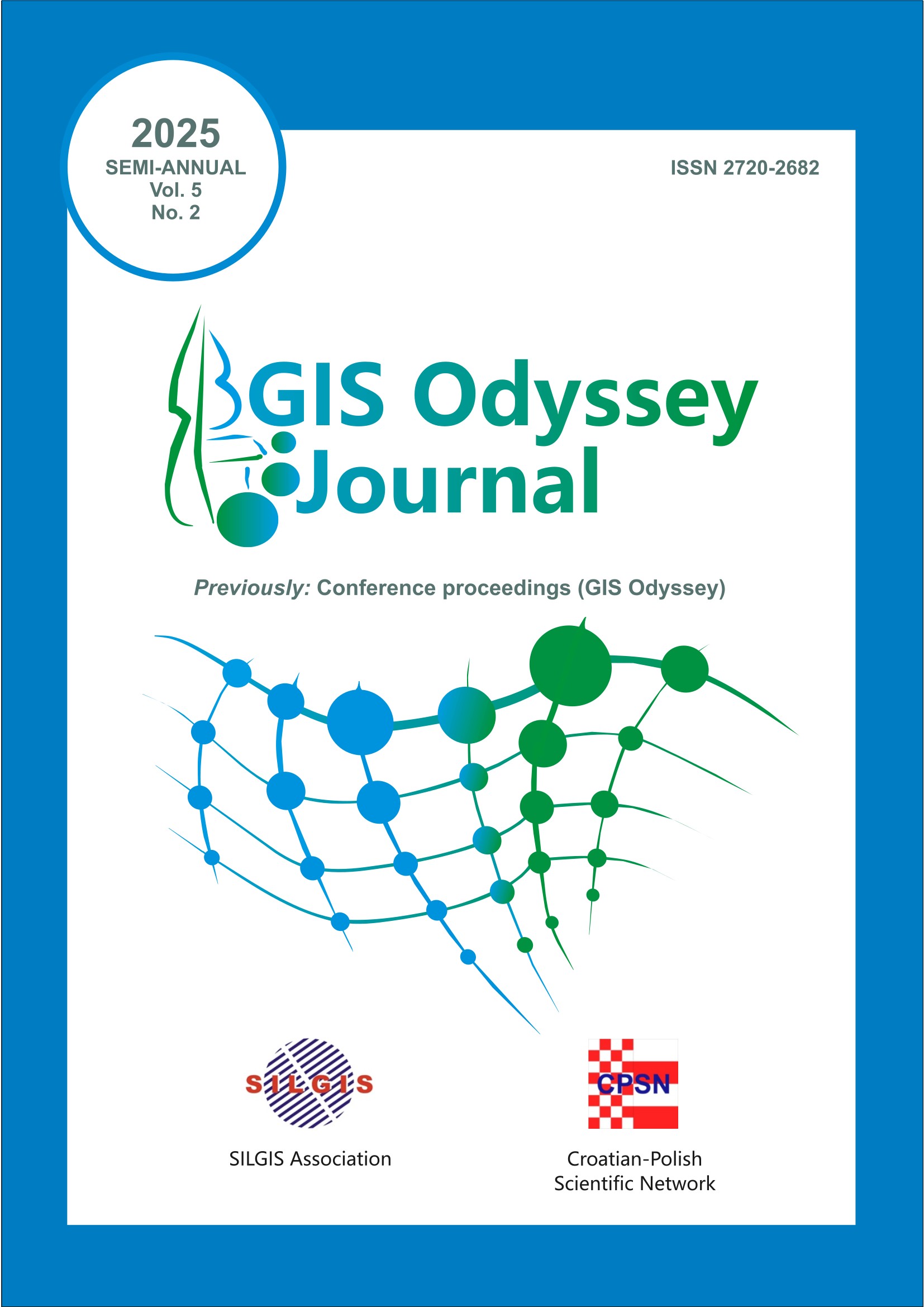NEW DESIGN STANDARDS FOR TERRITORIAL PLANNING OF ARABLE LAND
DOI:
https://doi.org/10.57599/gisoj.2025.5.2.55Keywords:
agricultural territory, agricultural machinery, sustainable land use, regression analysis, design standardsAbstract
The objective of the paper is to develop design standards for agricultural territory development by taking into account the characteristics of the modern agricultural machinery and the environmental requirements for maintaining healthy soil. The dimensional elements of a field plot under two agricultural machinery classes at two relevant agricultural practices were studied: 1) medium-class agricultural machinery and conventional tillage; 2) high-class agricultural machinery and zero tillage. Five design solutions for a field territory arrangement were developed. The draft projects were based on data from field experiments, in which winter wheat and corn were grown, on Chernozems. Data of three types of agricultural machines was gathered and processed: a seeder, a sprayer and a fertilizer spreader. The experimental data were processed in a single-factor and a multifactor regression analyses. The relationship between the field area, the length-width ratio, the machine working stroke and machine working hours was studied. It was established that the high-class agricultural machinery, combined with zero tillage technology, determines more rational field structure and contributes to more sustainable use of soil. New possible dimensions for a crop rotation field were established: up to 180 ha of a field area; more than 1300 m of working stroke; and 12:1 length-width ratio. An update of agricultural territory design standards was suggested.
Downloads
Published
How to Cite
Issue
Section
License
This is an open access publication, which can be used, distributed and reproduced in any medium according to the Creative Commons CC-BY 4.0 License.







